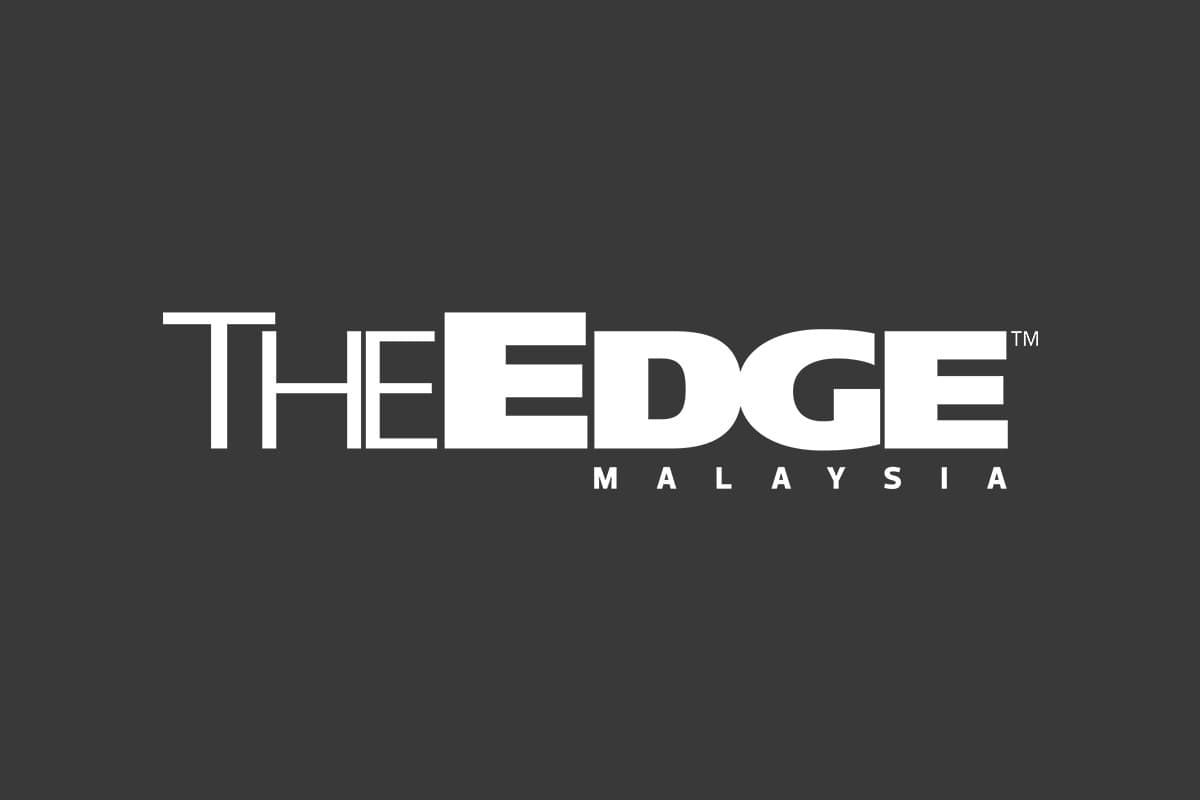
Bloomberg filepix for illustration purpose only.
KUALA LUMPUR (March 7): Malaysia’s insurance and takaful industry has proposed nine measures to address escalating healthcare costs and promote transparency, including the implementation of diagnostic-related grouping (DRG) pricing.
In a statement on Friday, various associations representing the industry said DRG pricing could enhance transparency in medical charges and standardise cost structures among healthcare providers, insurers, and third-party administrators (TPAs).
DRG pricing was one of the many recommendations presented by the Life Insurance Association of Malaysia (LIAM), the Malaysian Takaful Association (MTA), and the General Insurance Association of Malaysia (PIAM) during a session with the Public Accounts Committee (PAC) in Parliament on Feb 26, 2025.
PAC held its first public hearing last month, acknowledging rising public concerns over increasing private hospital charges, surging insurance premiums, and their broader impact on the healthcare system.
LIAM, MTA and PIAM in the Friday statement said co-payment for medical and health insurance/takaful (MHIT) products is a key long-term solution to manage costs, promoting shared responsibility in healthcare expenses.
Co-payment, particularly through co-insurance, aims to encourage more prudent and responsible use of healthcare services, they said.
Secondly, LIAM, MTA and PIAM said they intend to collaborate with Bank Negara Malaysia (BNM) to develop a basic, long-term sustainable insurance and takaful product, while allowing insurers and takaful operators (ITOs) to offer top-up schemes for those seeking additional coverage.
The associations further called for greater transparency by publishing the average costs of common medical procedures and annual medical cost inflation rates.
As such, their third suggestion is to establish an industry-wide claims database, which is expected to improve claims analysis and mitigate fraud and abuse, they said.
Another key proposal is the regulation of pharmaceutical costs through collaboration with the Ministry of Health (MOH) to encourage the use of generic drugs and implement price controls, as pharmaceuticals account for a significant portion of private hospital revenue.
Further, private hospitals are urged to establish cost-containment units and freeze price increases during periods when insurers and takaful operators are required to cap premium hikes.
“This measure aims to ensure that cost containment efforts are equally distributed across the healthcare eco-system.”
Other recommendations include tax exemptions on group insurance from the 8% Sales and Services Tax (SST) to incentivise more employers to provide insurance and takaful protection for employees, particularly benefitting approximately four million employees, including those from the B40 group.
Additionally, the industry proposed appointing an independent consultant to conduct a detailed study on claims inflation, and recommend data-driven solutions to control the rising claims costs.
Incentivising healthier lifestyles through no-claim bonuses was also suggested to encourage policyholders to maintain good health, thereby reducing unnecessary medical claims.
Last December, BNM had introduced interim measures to support policyholders affected by the premium repricing.
These measures aim to ease their financial strain, while ensuring continued access to MHIT.
The interim measures include spreading out premium/contribution increases over three years (until 2026), capping annual hikes below 10% for most policyholders /certificate holders (about 80%), and offering a one-year premium freeze for policyholders /certificate holders aged 60 and above on minimum MHIT plans.
Additionally, policyholders/certificate holders whose policies/certificates lapsed in 2024 due to repricing can reinstate coverage without new underwriting, while ITOs will introduce alternative, more affordable MHIT products by 2025.
- West Coast Expressway operator receives government consent for RM1.15b financing from Bank Pembangunan
- Huawei readies new AI chip for mass shipment as China seeks Nvidia alternatives — Reuters
- AirAsia X to increase flight frequency for KL-Almaty route as travel demand grows
- Cahya Mata Sarawak wins RM550m state contract for Kuching convention centre
- GDB secures court order to enforce adjudication award relating to 8 Conlay project
- US bond funds suffer fifth weekly outflow on tariff-driven inflation fears
- Trump’s push against Powell adds to doubts of US’s haven status
- US profit outlook rarely this sour, Morgan Stanley’s Wilson says
- Cocoa extends gains after global processing topped expectations
- Mexico’s Sheinbaum says trade talks continue after Trump call
